Oxymora for a better life (scope) Seedling Art Space Blackwood Forest Recreation Park
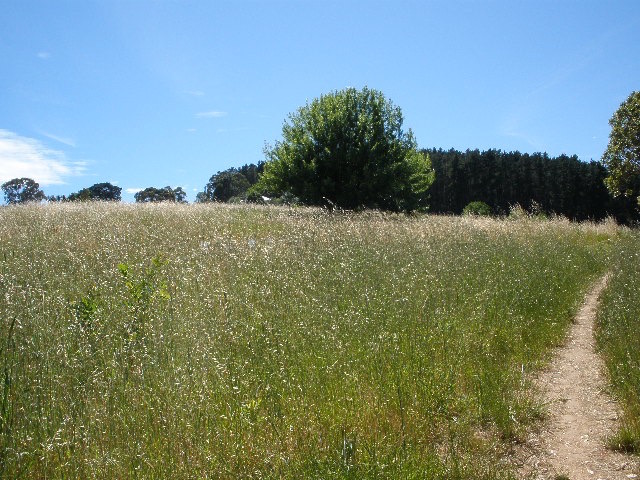
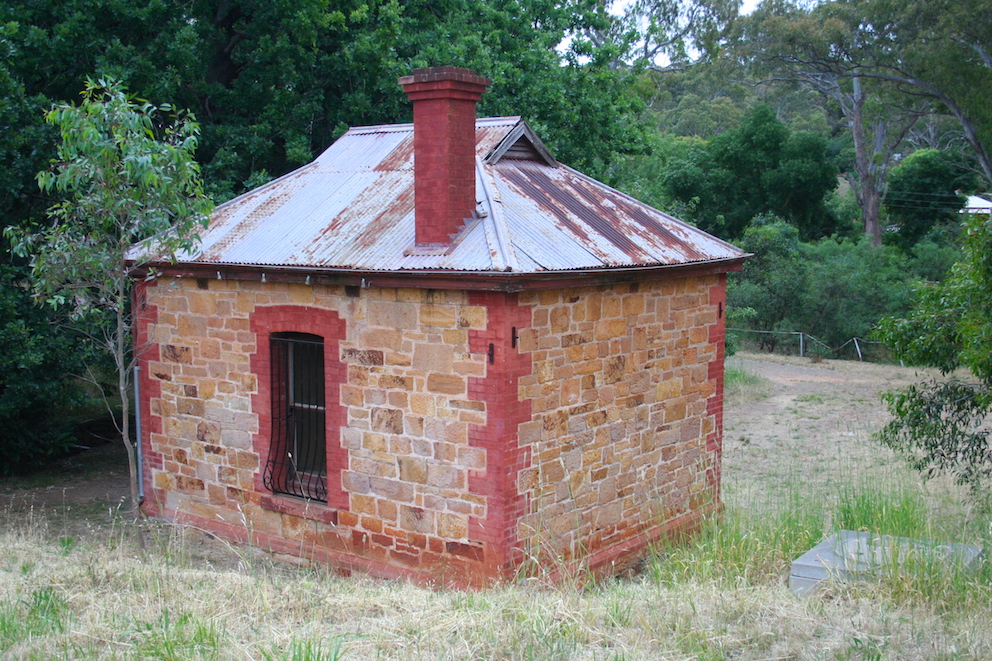
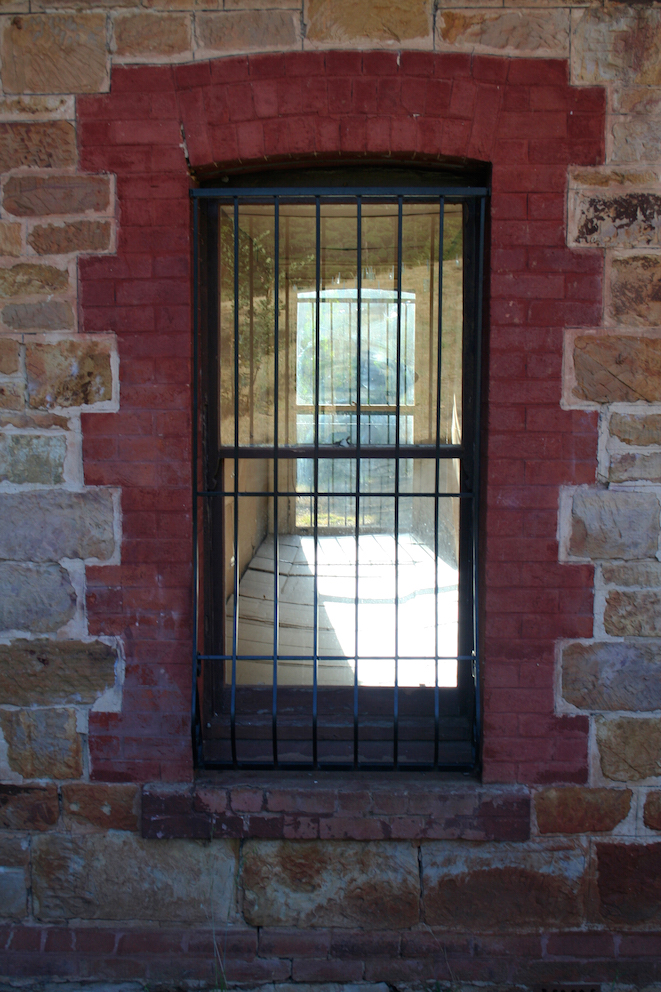

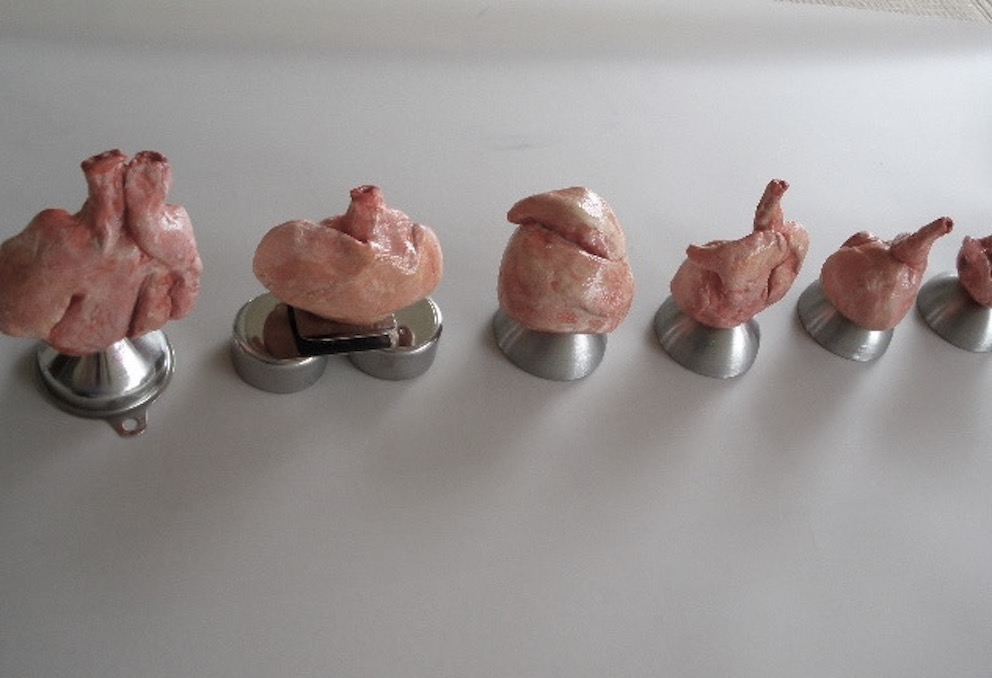
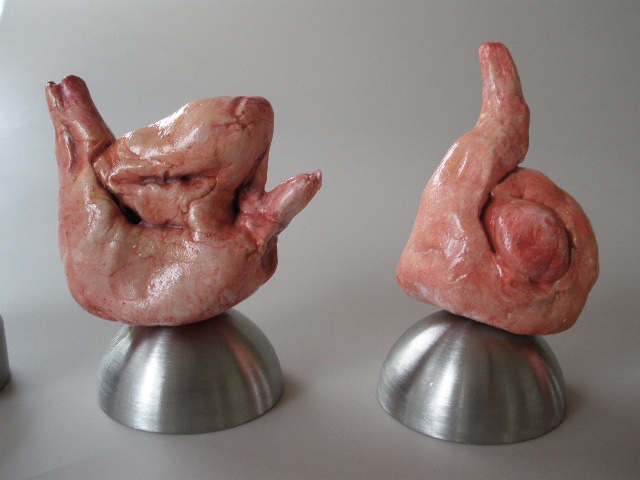
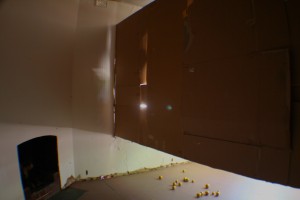
Scope; Large recycled cardboard sheets, 4 recycled cedar wood beams, staples, lemons, polymer gloss Zest: development of the heart in man [sic]; plaster, gouache watercolour, stainless steel, cardboard, polymer gloss (After Adolf Ziegler’s wax models of developing embryo hearts sold in conjunction with Alexander Ecker’s Atlas Iconesphysiologicae, Leipzig 1851-59).
Solar energy is the source of life’s exuberant development. The origin and essence of our wealth are given in the radiation of the sun, which dispenses energy-wealth-without return. The sun gives without receiving. Georges Bataille
Is the work of art a gift from the sun? In this time when economic utility prevails, the value of an art practice and the production of artefacts (thoughts) maybe open to uncertainty. This is a context in which economic centrality appears as a natural state with scarcity as the driving force behind spending operations. In philosopher Georges Bataille’s conception, it is not productions but the expenditure of surplus that defines a culture, especially as excessive, useless or wasteful consumption and that can activate a mix of attraction and repulsion, prohibition and transgression in the process. Bataille’s proposition of excess conflates death, sex, laughter, violence and the sacred. Perhaps in the artistic transaction, these associations can also be activated. In the possibility of seductions, (poetry) and transgressions over societal prohibitions, art may be conditionally acceded to as a kind of productive consumption if you like1. So what kind of productive consumption is in evidence here? Certainly a context is revealing and this place reveals a different kind of economy. Here where the park has been reclaimed by the local residents, Seedling art space offers an alternative: a transgressive opening to the possibility of another kind of rhythm and thought. The local people activate things; they bring food for the openings, they walk by and ask about the work, they invest. In this artwork, the processes of the particular enter at the point of the work’s conception and in its considered material manifestations. The temporary window-to-window corridor (scope) breaches a turn of the century office inviting other qualities of seeing and exchange and revealing the intricacies and bearing of the viewer’s relationship with light and the surrounding growth and decay. Over time, even brief periods of time, light relations have been redrawn articulating some newer ecology. Referencing mid-nineteenth century scientific models of the sequential development of embryonic hearts, zest entails a concatenation of detached associations. Isolated organs based on profound interiority, each ‘part of one body developing inside of another’ is far removed from its intimate and chronological origins2. In terms of memory, these works stir up other dimensions of experience, historicisms and the opacities of the past, but I’m otherwise open to your readings.
This writing and artwork are complete in themselves yet they have been produced provisionally: to manoeuvre towards a negotiation. Like the character of history and nature in history, I requisition and sequester kinds of substratum. Walter Benjamin writes that: ‘The past can be seized only as an image which flashes up at the instant when it can be recognised and is never seen again’3
- Michael Taussig, ‘The Sun Gives without Receiving’ in Walter Benjamin’s Grave , Chicago; (London, University of Chicago Press, 2006 ↩
- Three dimensional wax model organs usually accompanied encyclopaedia in Leipzig at this time. Cited in S. Chadarevian and Nick Hopwood, Models: the Third Dimension of Science , (Stanford, Stanford University Press, 2004), 71 ↩
- Taussig, 73 ↩